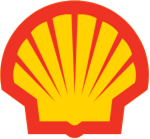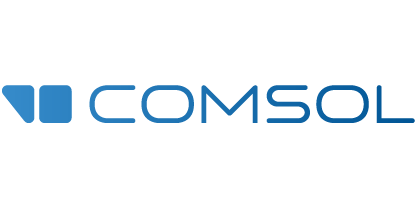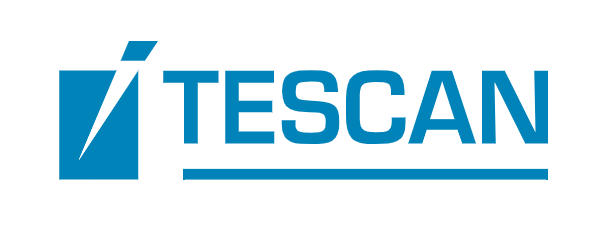Speaker
Description
Mixing-induced reactions occur when two or more reactive species physically come into contact, and the interplay between fluid stretching and diffusion has a critical role in inducing the contact. Mixing-induced reactions in channel flows are of great interest in numerous engineering applications and natural processes, including microfluidics, biomedical devices, and fracture flows. In many of these applications, predicting the spatiotemporal evolution of chemical reactivity is critical. Here, we demonstrate that such prediction is possible through the concept of optimal fluid stretching that enables us to predict the locations of reaction hot spots.
We study the reactive displacement of two miscible fluids in rough channel flows over wide ranges of Péclet number (Pe) and channel roughness. At the mixing interface, the two fluids react according to the instantaneous irreversible bimolecular reaction A + B $\rightarrow$ C. We simulate the advection–diffusion–reaction problem using a random walk based reactive particle method that is free of numerical dispersion. The relative contribution of stretching and diffusion to mixing-limited reaction is controlled by changing the Péclet number (Pe), and the channel roughness is also systematically varied. We observe optimal ranges of fluid stretching that maximize reactivity, which are captured by a Lagrangian measure based on an effective time period that honors the stretching history. We show that the optimality originates from the competition between the enhanced mixing by fluid stretching and the mass depletion of the reactants. We analytically derive the spatial distribution of reaction products using a lamellar formulation and successfully predict the optimal ranges of fluid stretching, which are consistent across different levels of channel roughness. These findings provide a mechanistic understanding of how the interplay between fluid stretching, diffusion, and channel roughness controls mixing-limited reactions in rough channel flows, and show how reaction hot spots can be predicted from the concept of optimal fluid stretching.
| Time Block Preference | Time Block C (18:00-21:00 CET) |
|---|---|
| Acceptance of Terms and Conditions | Click here to agree |






